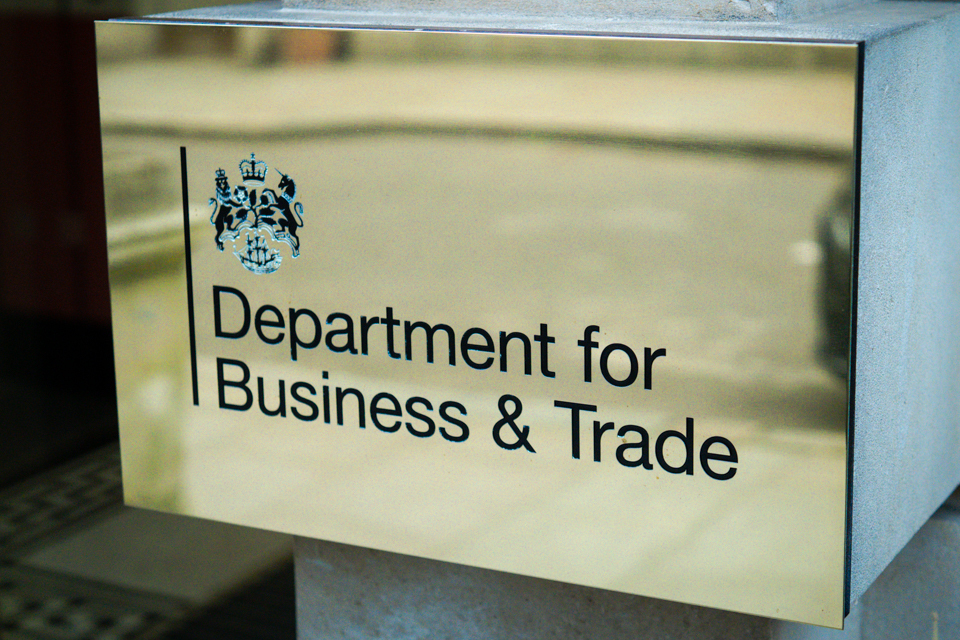The full state pension in Britain is set to rise by £460 from next April to nearly £12,000 a year, according to official wage figures.
The Office for National Statistics (ONS) revealed today that total pay increased by 4 per cent in the three months to July – the lowest increase for nearly four years.
It means pensioners who reached state pension age after April 2016 can expect to see their full, flat-rate state pension go up to £11,962.60 a year from April 2025.
Under the ‘triple lock’ guarantee, the state pension increases every April in line with whichever is the highest out of three measures. These are:
- Average total earnings growth in the year from May to July of the previous year
- Consumer Prices Index (CPI) inflation in September of the previous year; or
- 2.5 per cent.
As inflation is not expected to be higher than wage growth, the wages figure is likely to be used for the calculation.
But the figures are subject to possible revisions in next month’s data and the Government will confirm the planned increase in the autumn.
Helen Morrissey, head of retirement analysis at Hargreaves Lansdown, cautioned the rise in the state pension will only partially offset the pain for the millions of pensioners who are being stripped of their winter fuel allowance.
She said: ‘There’s every chance it’s not enough to placate those pensioners still reeling from the loss of the winter fuel payments, especially given how close this is edging to busting the personal allowance.’
She warned the new annual pension is moving closer to the £12,570 personal tax allowance.
‘Given that the freeze to this threshold is expected to remain in place until 2028, it raises the spectre of the full state pension alone taking pensioners over it and into the realms of paying income tax during the next few years,’ she said.
The ONS data also showed that regular wage growth fell to 5.1 per cent year on year over the three months to July, marking the lowest level since the quarter to July 2022.

With Consumer Prices Index inflation taken into account, UK workers saw their pay increase by 3 per cent, down from 3.2 per cent in the previous three months.
The ONS added that the rate of unemployment was 4.1 per cent over the three months to July, dropping from 4.2 per cent over the previous three months.
This was its lowest since the three months to January.
But vacancies fell once again, dropping by 42,000 quarter-on-quarter to 857,000 in the three months to August.
More real-time figures showed the number of payrolled workers fell by 59,000 between July and August to 30.3 million.
Liz McKeown, director of economic statistics at the ONS, said: ‘Growth in total pay has slowed markedly again as one-off payments made to many public sector workers in June and July last year continue to affect the figures.
‘Basic pay growth also continued to slow, though less sharply.

‘When taken together on a comparable basis, our different measures all show growth in the number of employees over the latest quarter, though annual growth has slowed over the year.’
Sterling ticked higher against the dollar briefly on the back of the figures, which were broadly as expected, before settling back again at $1.3073.
When the Bank of England cut interest rates on August 1 after keeping them at a 16-year high of 5.25 per cent for nearly a year, it said it would continue to keep a close eye on wage growth.
Investors see a roughly one-in-four chance of a September Bank rate cut.
Luke Bartholomew, deputy chief economist at asset manager Abrdn, said the data probably left the debate around the Bank future moves unchanged.
‘There are still a few important data reports before the Bank needs to decide on interest rates again, but as things stand it is hard to see a cut next week. Instead, we expect the next cut to come in November,’ he said.
Economists polled by Reuters also expect the next rate cut to take place in November, rather than on September 19.
The ONS also said Britain’s economy added 265,000 jobs in the three months to July, the ONS said, far more than expected by economists in the Reuters poll which had pointed to a 123,000 increase.
The ONS repeated its warnings about the flaws of the Labour Force Survey, which produces employment and unemployment data, but not the headline wage figures. The methodology is due to be refreshed in December’s release.
In July, Chancellor Rachel Reeves approved pay rises of at least 5 per cent for millions of public sector workers.
The Bank is more focused on private sector pay which it forecasts will slow to 5 per cent in late 2024 and 3 per cent in late 2025.
Excluding bonuses, private sector pay growth cooled to 4.9 per cent in the three months to July – putting it on track to meet the Bank’s forecast of 4.8 per cent for the third quarter as a whole.
The BoE also looks at other inflation pressures such as labour shortages, which leapt during the pandemic.
The number of unfilled job vacancies fell to a more than three-year low of 857,000 in the three months to July, down from 1.3million in mid-2022 but still higher than in early 2020.
In Scotland, unemployment fell slightly in the last quarter,
Data from the ONS showed that the unemployment rate north of the border for those aged 16 and over was 4.2 per cent between May and July this year.
This was 0.5 per cent down on the previous quarter but above the UK-wide unemployment rate of 4.1 per cent.
The figures showed that 118,000 people in Scotland were out of work between May and July, down from 121,000 over the previous three-month period.
The employment rate for those aged 16 to 64 was 74.2 per cent, up 1.2 per cent on the previous quarter. This was below the UK-wide rate of 74.8 per cent.
In Scotland there were 2,548,000 people in that age group in employment, up from 2,520,000 in the previous three months.






